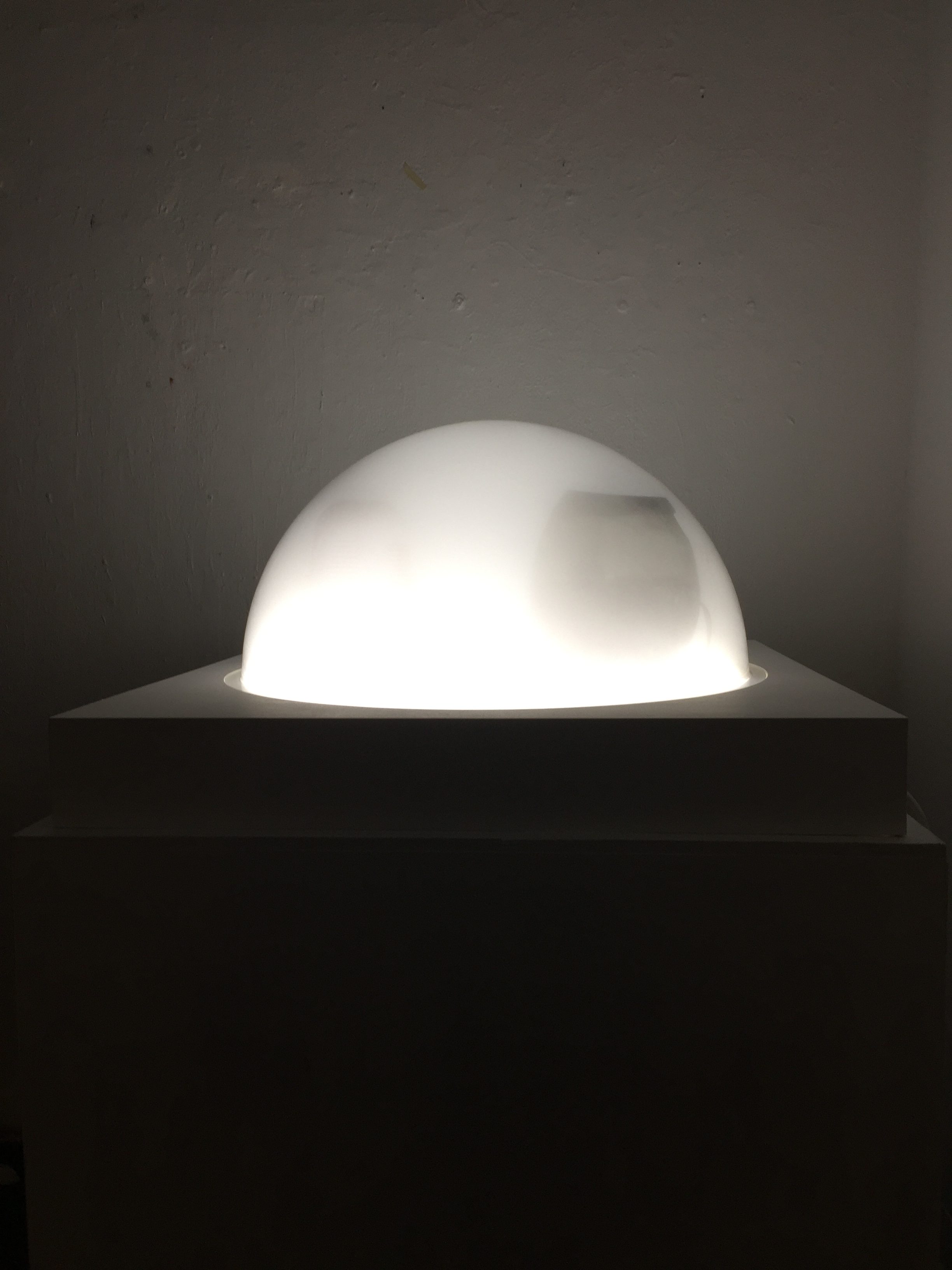RobertPanich.com
Artist BioRobert Panichpakdee is a California-born artist who has also studied in France (Aix-en- Provence and Paris), and currently lives and works in New York.

Reworth, 2015, Oil on Canvas, 24"X48"

Curators nightmare, 2015, Oil on Tracing Paper, 15"X20"

you're Welcome, 2016, Photo

25 E 13th Street, Studio 12, 2016, bacteria, plexiglass, steel, florescent lights, 24"X48"

Battle Dome, 2017, humidifier, dehumidifier, plexiglass, wood, LEDs

"À la recherche du temps perdu" or "Things I Bought When I Was Drunk". 2015-2017, Ink on Paper 11"X15"

The Emperor has no Pants, 2016, oil on canvas, 18"X24"

"not my presidents" day rally, 2017, concrete cards, steel shield
My practice takes various forms and cover a variety of different topics, but the overarching theme of my work lies in ways of thinking, with a particular emphasis on shifting perspectives. I hope to understand the world at large, and in particular, how people think. The ultimate goal in my work is to present someone with an object that initially confronts the viewer with one idea, and to attempt to make them change their mind and see it from a different point of view.
Upon initial inspection, my materials appear to be very traditional, using technical skills learned from illustration, oil painting, and sculpture, however, I believe that the importance of technical skill lies only in its ability to aid in the execution of a conceptual idea.
The trickster mythos, as outlined by cultural critic Lewis Hyde, describes the trickster not as someone who is malicious or even necessarily mischievous. Rather, he is a character that exists in the system, but wants to be neither predator nor prey; he is described as a figure that simply needs to eat. I find that description to be very apt for artists, who are often seen as individuals, but in actuality need to work in a large socio-economic system that uses us to gain money.
I believe very much in the Sol LeWittian school of conceptual art, in that the importance is not only in the idea, but that it comes from the very “conception” of art; I like to plan everything out before beginning to execute. However I also appreciate the object itself, and its importance in presenting both the idea as well as it’s initial ability to draw in the viewer.


